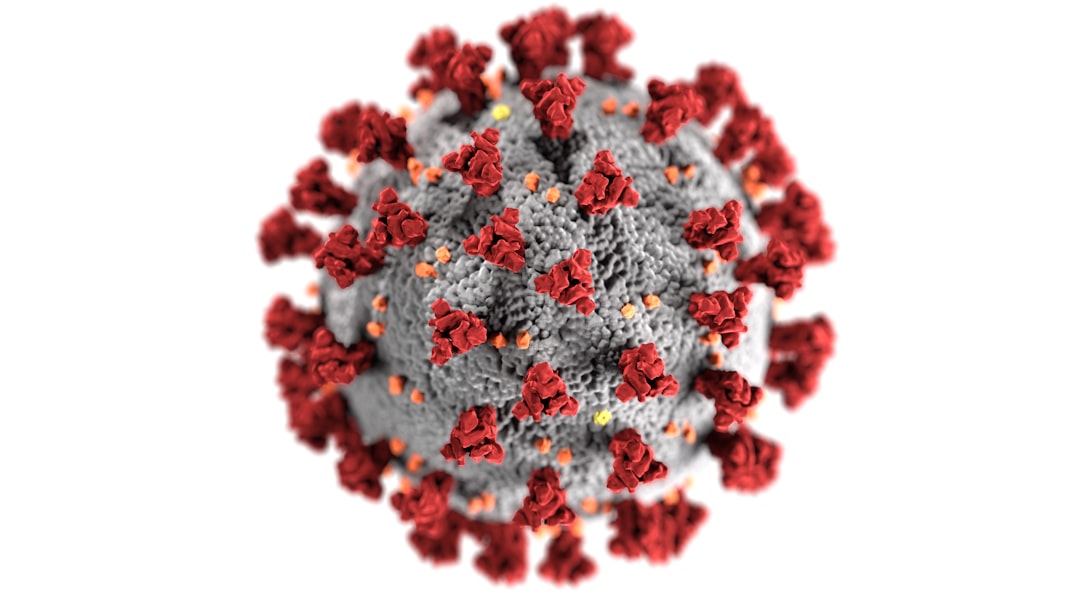What is it about?
We present a synthetic strategy of C-C bond formation followed by isomerization of the allyl residue using palladium catalysis. We use an approach called a homobimetallic catalysis strategy that employs Pd (0) for the cross-coupling and Pd (II) for the isomerization step. We apply this to a set of haloarenes and also demonstrate the presence of two palladium species in the reaction.
Featured Image

Photo by Terry Vlisidis on Unsplash
Why is it important?
In this article we show the importance of using two oxidation states of the same metal to achieve two different reactions simultaneously, in a concept called homobimetallic catalysis. We applied this concept to a cross-coupling C-C bond formation through a Stille strategy, which use Pd (0), with a subsequent isomerization, which employs Pd (II). This concept is important because allow the use of two catalytic system using the same conditions.
Read the Original
This page is a summary of: A facile and convenient sequential homobimetallic catalytic approach towards β-methylstyrenes. A one-pot Stille cross-coupling/isomerization strategy, Organic & Biomolecular Chemistry, January 2014, Royal Society of Chemistry,
DOI: 10.1039/c4ob00604f.
You can read the full text:
Contributors
The following have contributed to this page










